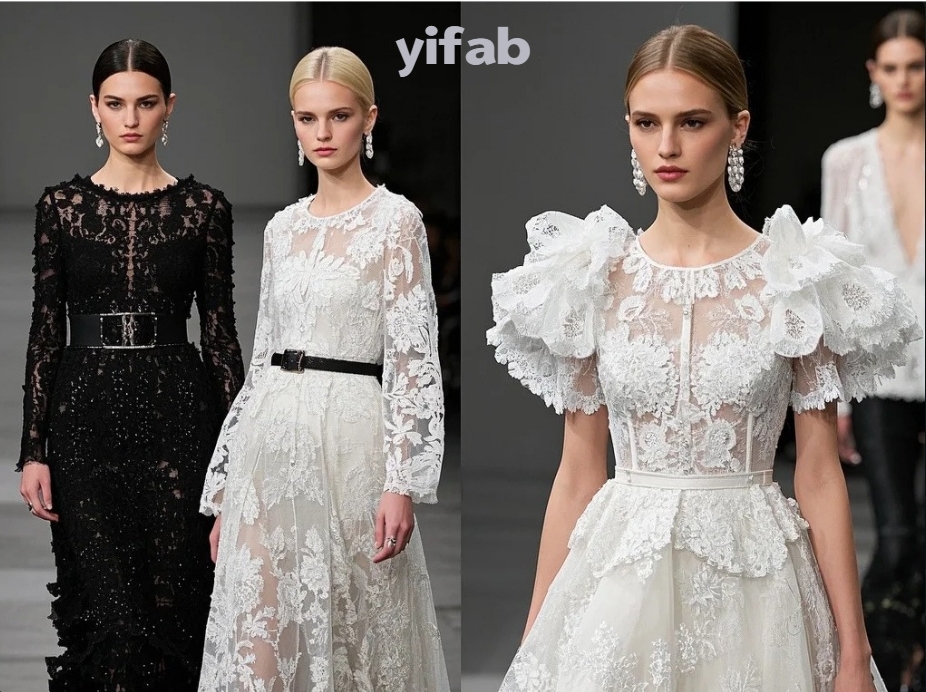The Role of Lace Fabrics in Couture Fashion
Blog post description.
4/16/20251 min read


The Role of Lace Fabrics in Couture Fashion
Lace fabrics have long been a defining element of haute couture, bringing intricate beauty and timeless elegance to high-end fashion collections. The delicate texture and ornate detailing of lace make it a favorite among top designers, who use it to elevate their couture creations to new heights.
In haute couture, lace is not just a fabric—it's a work of art. Designers like Valentino, Chanel, and Elie Saab have masterfully incorporated lace into their collections, using it to create both romantic and modern looks that captivate the fashion world. Lace adds a layer of sophistication and intricate craftsmanship, making it ideal for the couture runway, where every garment is meticulously crafted by hand.
One of the reasons lace remains a staple in couture fashion is its versatility. From sheer overlays to full lace gowns, it can be used in a multitude of ways. Designers often pair lace with luxurious fabrics like silk, satin, and tulle to create a balanced look that exudes luxury and refinement. The fine details, such as delicate lace trims or embroidered lace appliqués, transform an already stunning garment into a masterpiece.
Lace also offers a rich history that connects modern couture to the past. Its roots in European royalty and aristocracy make it a symbol of opulence and sophistication. When used in contemporary couture collections, lace carries this legacy while also embracing modern sensibilities, proving its timeless appeal.
In conclusion, lace is much more than just a decorative fabric in haute couture fashion—it's a symbol of craftsmanship, heritage, and elegance. As couture designers continue to push the boundaries of fashion, lace will undoubtedly remain an integral part of the couture world, adding depth and beauty to the most exquisite collections.
